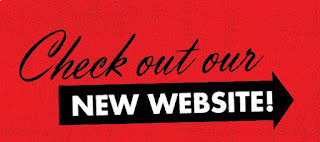
I was excited to see my edited manuscript in my inbox, which kicked off the next step on my path - making publisher edits. My editor said there were no major changes, which was a relief, but how many edits would there be? There were 152, which isn't that many for a 257 page (52,000 word) book. Or is it?
I felt like a kid getting back a test. Did I pass? I decided to jump in and read through the changes before making the edits. My first impression was that the edit comments were really well written. It makes sense that publishing professionals would be excellent writers but I kept saying, "that's a really good way of explaining the point. This is really well written." Here is a breakdown of edits:
- Clarification of meaning 52
- Reword/word substitution 31
- Quote source 22
- Formatting 13
- Request to add text 10
- Confirm spelling of name 12
- Define term 6
- Bullet point order 5
- Compliment to the author 1


I was asked to comment on each edit and make changes using Microsoft Word's "track changes" feature. I usually find this way of editing a file to be messy but this was a high-end version which worked really well. There were only five edits I did't make because they would have changed my intended meaning. That seems like a small number and is a sign of amazing editors.
It took twenty hours to make the changes and by the end of the process I felt I had a personal connection with my editors. The final editing phase was a good one: I had a better manuscript and had learned a few tips on writing. It doesn't matter what's on the cutting room floor. What's left on the table is what counts.
It took twenty hours to make the changes and by the end of the process I felt I had a personal connection with my editors. The final editing phase was a good one: I had a better manuscript and had learned a few tips on writing. It doesn't matter what's on the cutting room floor. What's left on the table is what counts.
Phil














